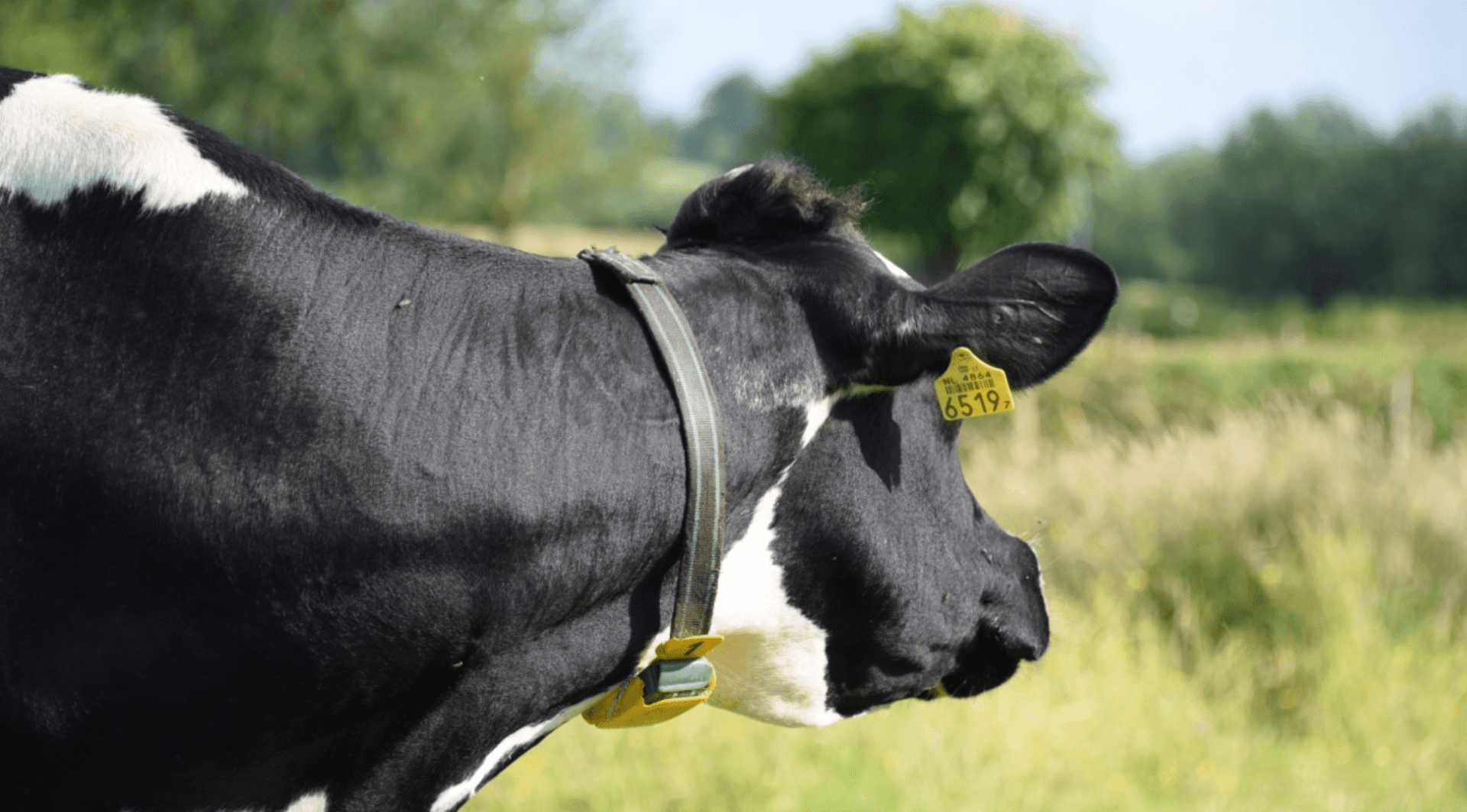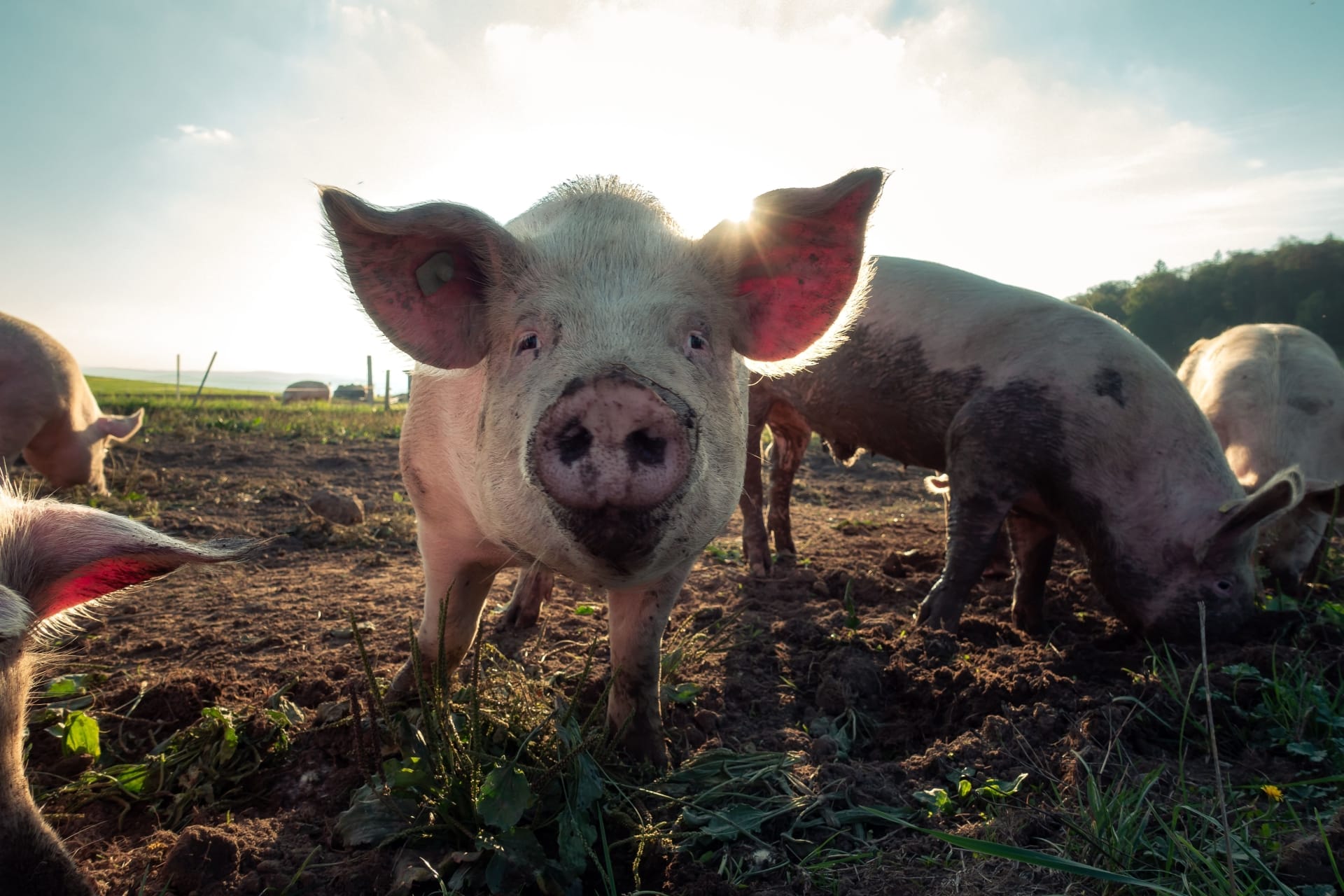Telemedicine in the stable
According to Regensburg-based startup Futurofarming, 80 percent of calves become sick within the first ten days of life and about 10 percent of animals die from disease. And so technological change has made it possible for telemedicine (basically diagnostics despite spatial separation) to now also find its way into the barn, and so even diseases can be detected before they break out through corresponding data collections and real-time monitoring of the animals. In any case, the potential for animal welfare and environmental protection is enormous: around 80 percent of the antibiotics produced worldwide are used in agriculture, a proportion of which ultimately also end up in the soil, water and groundwater.

The startup Futurofarming has developed a fitness collar for cows, a sensor system called CalfMonitoringSystem, which monitors the animals and their health data to detect 85 percent of diseases. Lung diseases would even be reliably detected three days before onset. The Chinese IT group Alibaba has developed the ET-agricultural brain, a system for the early detection of diseases in pigs that detects sounds in piglets and measures movement data and body temperature. And startups like Moonsyst from Hungary or Dropnostix from Potsdam even go one step further and develop probes that are swallowed by animals and then collect data from the stomach or rumen, for example. the digestive activity.

Best Practices: CONNECTERRA, FUTUROFARMING, ALIBABA, MOONSYST, DROPNOSTIX